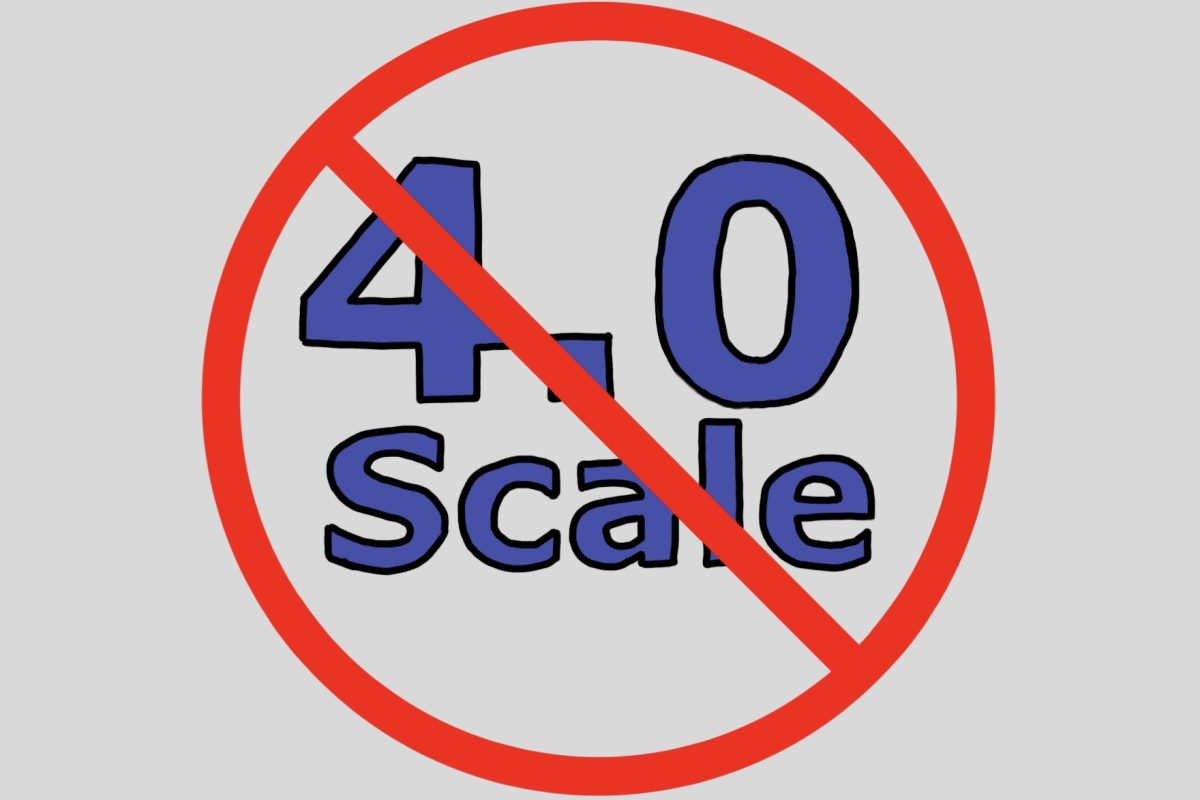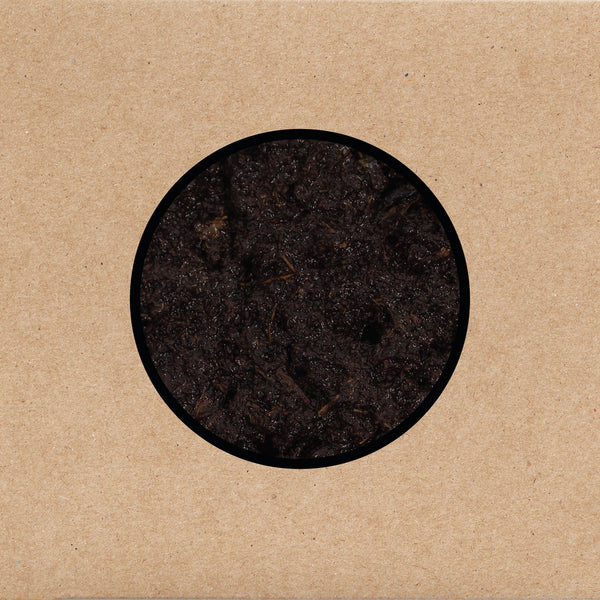There are quite a few kinds of grading styles that teachers follow, but one that stands out is the 4.0 grading scale. The 4.0 scale is a system in which students are given a grade ranging from zero-four on an assignment, with four exceeding the standard, three meeting the standard, two approaching the standard, one being far from meeting the standard and zero being missing or incomplete.
There are multiple things that the 4.0 scale could improve on. The large jump from one point to the next is harsh on students because each point is worth 25 percent. When you receive a two on an assignment, it’s expected that you’ve just barely missed the standard, to reach a four you must exceed all the standards and expectations. Receiving a two on an assignment is detrimental to your grade since it’s transferred into the grading system as only fifty percent. How this grading system is formatted makes it so even when you do well on an assignment you’re more likely to receive a three on an assignment instead of a four.
The 4.0 scale doesn’t give students a complex grade scale and instead lumps their grades together. Many students agree that the 4.0 scale doesn’t offer enough support.
“[It could use] more variability [in] the range of what grade [students] could get,” Adele Wrench (10) said, “Even if you get the bottom of the three range you still get a three.”
This system of grading suffers from being unable to accurately reflect a student’s struggles and it also doesn’t reflect a student’s overall ability. A student who receives a three may have only just missed the 4 range, or they may be just shy of getting a two.
This system is very reliant on whether or not the teacher gives enough feedback to a student who received a low grade. If the student receives no evaluation from a teacher it may be harder for them to determine what exactly they could have done better. What many students hope for and need is a teacher who understands how to give feedback to individuals.
“There are some teachers who shouldn’t be using it, and some teachers who should be using it,” Colin Hastert (11) said.
Richard Steele (11) and Wrench both would prefer different systems of grading as opposed to the four point scale.
“If they were to replace it with a six point scale that would be fine,” Steele said.
Having a scale with a wider range is more beneficial to a student’s growth. There are many other scales that offer a wider range of variability.
“I think maybe the [100 point scale] would be better,” Wrench said.
The 100 point scale provides more support and makes it simpler for students to determine how they are performing in a given skill. Using other grading scales allows teachers to help their students improve and succeed academically.
Edited Oct. 30 for AP Style adherence.










On • Dec 6, 2023 at 10:36 am
Each point is not 25%. In every class I’ve had that uses a four point scale, 4=100, 3=90, 2=60, and 1 is 40 or something.
Quinky • Nov 27, 2023 at 8:23 pm
the 4 point system is absolutely horrible for AP World great article
Seth • Oct 31, 2023 at 9:35 am
I 69,420% agree with this article. Even a handful of 2/4s on my 8th grade science tests got me a flipping C+ on my FIRST TERM GRADES. The 4 point grading system SUCKS!
Seth Maranion • Oct 31, 2023 at 9:30 am
As someone who got 2/4 on some of my tests on 8th science, dropping it to a FREAKING C+ on my grades until I made COMEBACKS… I 69,420% AGREE!